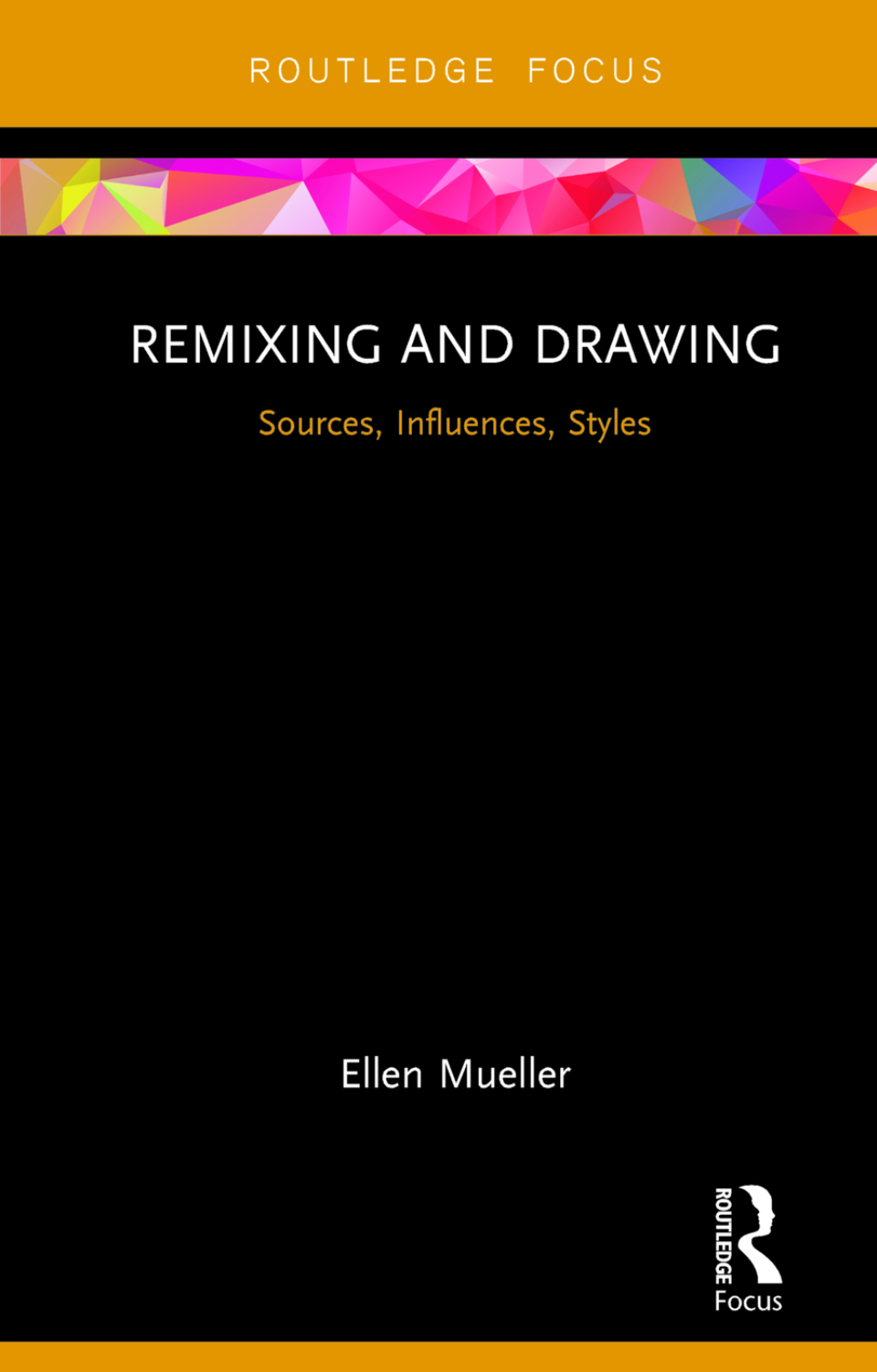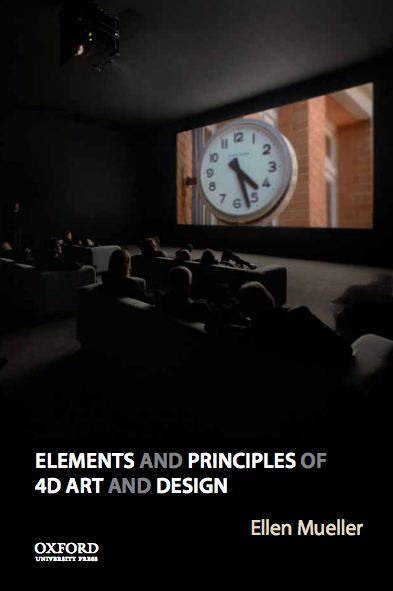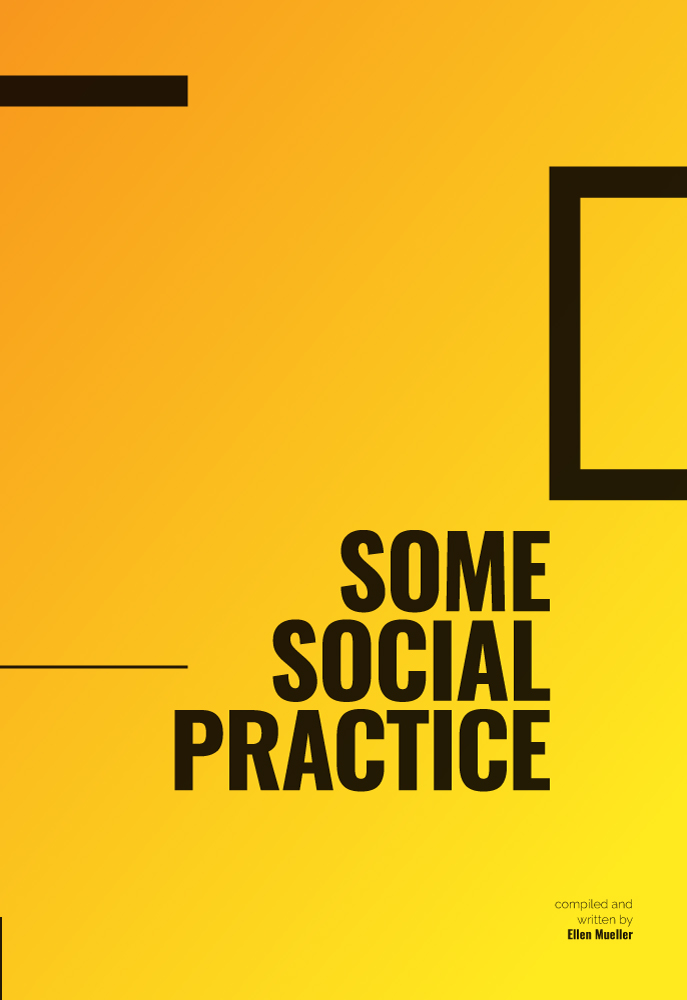 VARIATIONS IN LINEAR CHARACTER
VARIATIONS IN LINEAR CHARACTER
Uniform – is an ambiguous line.
Graduated – eye will move towards the heavier end.
Curvilinear – eye will move towards tighter curves.
Charged – a line that sets one end against the other.
Discontinuous – attracts the eye and has energy.
Harmonic – simple harmony occurs when an event is supported, strengthened or echoed by others.
Crossing – when at 90° the clash is absolute and stable; as the angle reduces so does the discord. As lines approach one another their form is inflected. All sensory forms are affected by proximity and this is particularly noticeable amidst networks of lines.
Horizontal – calming, secure (horizon)
Vertical – higher in potential energy
Diagonal – suggest movement, are in the state of change of transition, and are the most combative linear symbol.
Texture and resolution – hard or broken or soft
Implied/Broken/Conceptual – Viewer’s eye follows shapes, colors, and forms along any given path.
Directional Devices – Attention is drawn to the point of juncture with sufficient energy for the eye to jump an interval to a target. The optimum distance of the target depends upon the energy of the arrow. Arrows suggest movement and time.
For example, when pointing to something, the eye travels from the hand to an object as if there were a connecting line.
EMOTIVE CURVES
Simple – only one curve
Compound – curves in positive and negative direction
Fast compound – smoke like
Slow compound – muscular, writhing
Gestural – suggest movement, especially in nature, human and animal forms.
LINE
A line can be the mind’s abstraction for an edge, a crack, a fissure or a chain of dimensionless points. Line defines the quantity and quality of a journey. Your eye can follow a line, or it can move in between two lines (in the negative space).
Line appears often in our environment; the crack in the sidewalk, telephone wires against the sky, spider web, bare branches in winter, a road, etc.
FORM AS LINE
A form is recognized as a line because of two reasons: (a) its width is extremely narrow, and (b) its length is quite prominent.
A line generally conveys the feeling of thinness. Thinness, like smallness, is relative. The extreme ratio between length and width of a shape makes it a line, but there is no absolute criterion for this. Four separate aspects should be considered in a line:
- The Overall Shape — This refers to its general appearance, which is described as straight, curved, bent, irregular, mechanical or hand-drawn.
- The Body — As a line has width, its body is contained within two edges. The shapes of these two edges and the relationship between them determine the shape of the body. Usually the two edges are smooth and parallel, but sometimes they may appear tapered, knotty, wavy, or irregular.
- The Extremities — These may be negligible when the line is very thin. But if the line is quite broad, the shapes of its extremities may become prominent. They may be square, round, pointed, or any shape.
- Implied/Conceptual—Points arranged in a row may evoke the feeling of a line. But in this case the line is conceptual and not visual, for what we see is still a series of points.
SEMI-FORMAL STRUCTURES
Natural forms can never be formal in the same sense in which man made forms are because of the effects of growth and development, but instead have variations in individual units and less than regular arrangements of matters. However, it is this variation that allows these patterns to be rhythmic.
Semi-formal structural subdivisions are not repetitive, but similar to one another.
Quadrilaterals, triangle or hexagons all with unequal sides can be linked together to form all-over patterns (also called crystallographic patterns).
Radial Structures






